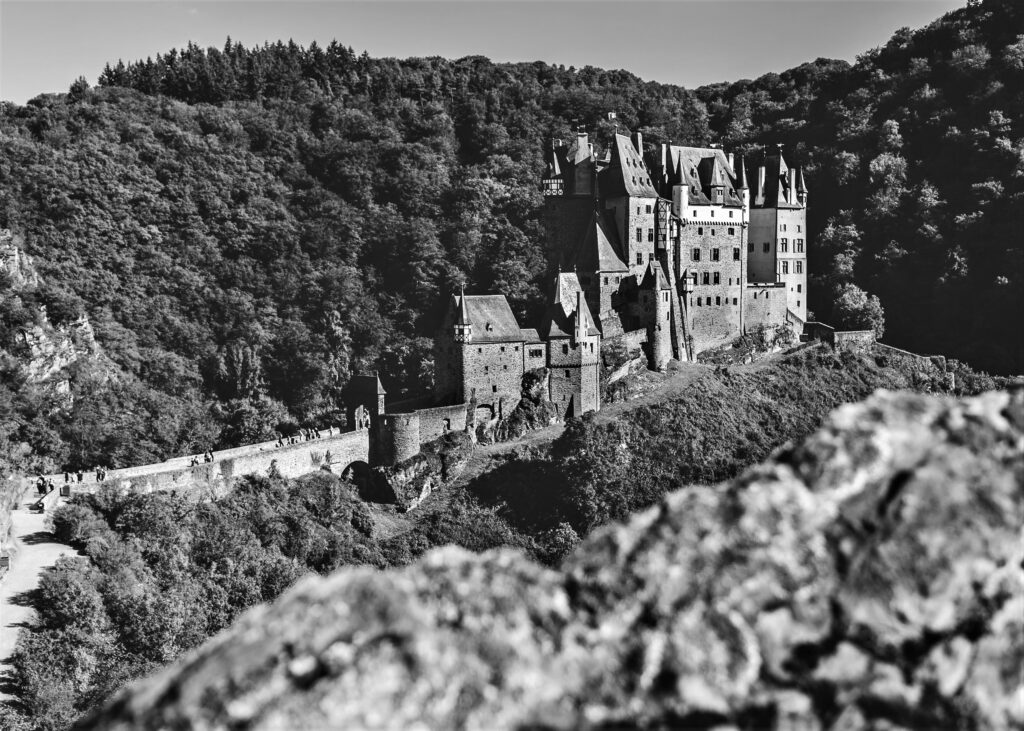
Finding sustainable castles
Successful investors like Warren Buffett like to buy high quality companies at reasonable prices. They wait patiently for these companies to compound cash over time at high returns on capital. However, for these companies to earn consistently high returns on capital, they must possess some staying power and competitive advantages. Warren Buffett once referred to this as the castle’s “economic moat”.
So, it’s important to check whether the company enjoys such advantages, and to understand what they’re doing to protect such advantages. While this isn’t an easy task, Pat Dorsey offers a starting point in his short book, The Little Book That Builds Wealth. This post will summarise the key lessons that I took from Dorsey’s text.
Jump ahead:
Economic moats that build wealth
Dorsey suggests that there are four types of competitive advantages: (1) intangible assets, (2) high switching costs, (3) network effects and (4) cost advantages. Let’s discuss each in brief:
Intangible assets
Brands, patents and licenses for example may confer economic advantages if they increase customer captivity and deliver high returns on capital. Since intangible assets require reinvestment, not all intangible assets provide economic moats or create value. We should also test the durability of such assets and the company’s track record for innovation. Brand power can weaken, patents have finite lives, and licenses may change with regulation.
Switching costs
Companies that generate high switching costs for its customers and/or suppliers are better positioned to earn high returns on capital. This is because high switching costs confers bargaining power to its wielder, making it difficult for customers or suppliers to operate elsewhere. Industries such as banking enjoy high switching costs, while businesses in mass-market fashion retail generally do not.
Network effects
Network effects describe goods and services whose value to customers rises with the number of users. They are more frequently found in industries that share information or connect users (e.g. credit cards, online markets, social media, etc.) than in industries that sell discrete physical goods. It is difficult for new firms to replicate the offerings of businesses with entrenched network effects. Like high switching costs, strong networks make it less desirable for customers to try the alternative.
Cost advantages
Businesses may also enjoy supply-side advantages if competitors are unable to replicate them. This is particularly valuable in sectors where price is the most important decision weight for customers. Types of cost advantages include efficient processes, unique assets, optimal locations and economies of scale. When thinking about a scale advantage, it is relative size (not absolute size) that matters most. It depends as well on the relative output per operation (e.g. distribution network, manufacturing plants, etc.) as opposed to relative size in aggregate.
Finding enduring value
Dorsey believes that the best indicator of profitability is the company’s return on invested capital (ROIC). It describes how effectively businesses can use the assets that investors have provided. Knowing the company’s ROIC is not enough. You have to know how it might change over time and why.
Adding to this, in Competition Demystified, Bruce Greenwald suggests that companies are likely to have durable competitive advantages if they enjoy consistently stable market shares, operating margins and high returns on capital. They can be the dominant mass-market or dominant niche player of their industry, where firm entry and exits are low.
Valuing moats
The value of a company is based on the future cash flows it can return to owners in the future. This depends on expected future free cash flows, and the likelihood of realising such cash flows. Hence, investors will have to pay attention to the company’s return on capital, growth prospects, risk and reinvestment needs. An understanding of the company’s economic moat may provide important colour to this.
Creative destruction
Technological progress can erode economic moats (Bruce Greenwald, for examle, notes that, “in the long run, everything is a toaster”). Competitors can replicate or imitate products and processes that were once considered innovative. This risk is true for both users and makers of technology. One sign of an eroding moat, Dorsey says, is when willingness to pay for the same goods or service is weakening, even during a healthy economic cycle.
CEO complexes
Dorsey says we sometimes confuse economic moats with great products and management. They are only economic moats if they are difficult for competitors to replicate and enable the company to earn high returns on capital. In most cases, the structural features of the company will have more impact on the company’s long-term performance than the CEO by his or her lonesome. However, CEOs tend to receive greater attention because of the ease and vividness in which the media can tell their stories. Of course, companies with great managers and wide economic moats are better placed for success.
Further reading
- Competition Demystified – Bruce Greenwald on competitive advantages
- Value: The Four Cornerstones of Finance – Koller, Dobbs and Huyett
- Conservative Investors Sleep Well – Philip Fisher on investment characteristics
References
- Dorsey, P. (2008). The Little Book That Builds Wealth: The Knockout Formula for Finding Great Investments. More articles and commentary at <https://dorseyasset.com/publications-commentary/>
- Greenwald, B., & Kahn, J. (2005). Competition Demystified: A Radically Simplified Approach to Business Strategy. Further details at <https://www8.gsb.columbia.edu/researcharchive/articles/1502>
- Greenwald, B., Kahn, J., Sonkin, P., and Van Biema, M. (2001). Value Investing – From Graham to Buffett and Beyond. Further details at <https://www8.gsb.columbia.edu/researcharchive/articles/1501>
- Dorsey Asset Management (2017). Competitive Advantage & Capital Allocation. Available at <http://valueinvestorconference.com/2017/presentationPDFs/vic/001%20Dorsey%20VIC_Omaha_2017.pdf>